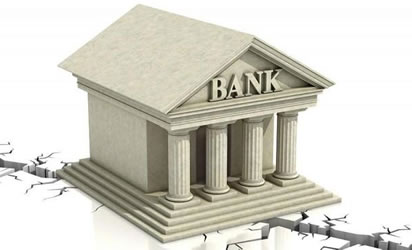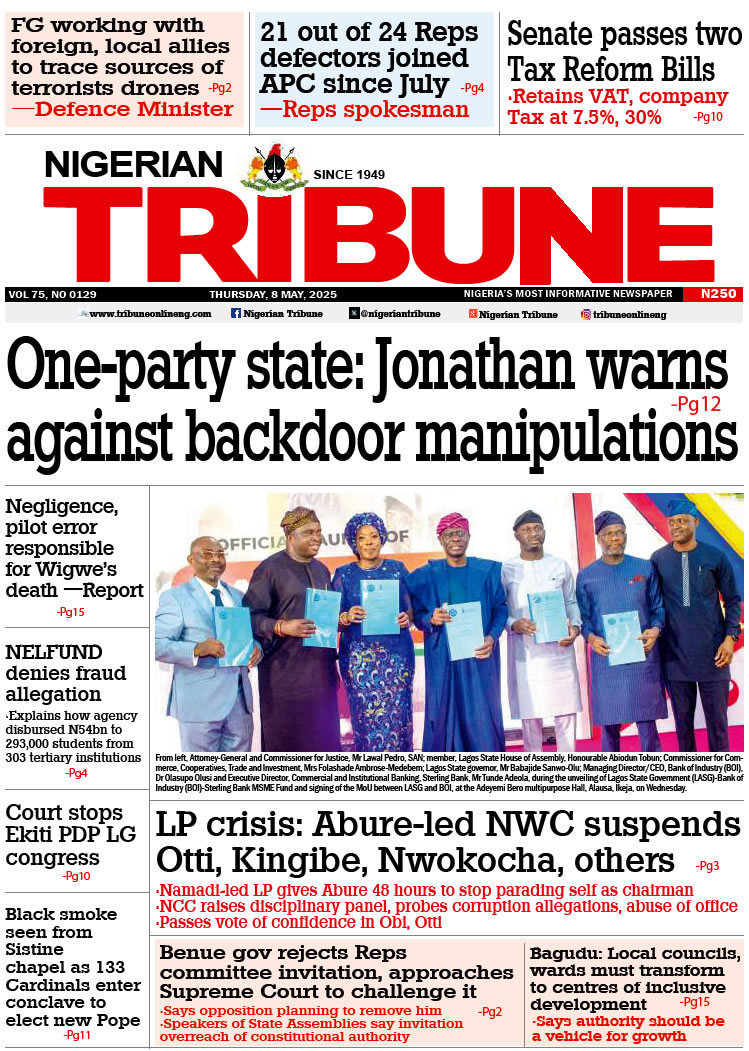Although a few banks reduced their cost to income (CIR) ratios in the first half (H1) of 2019, other banks have had difficulties taming costs, thereby spending more money to make every Naira of profit.
Aside Guaranty Trust Bank which cost to income ratio decreased to 37.63 per cent in H1 2019 from 38.82 per cent in H1 2018, most lenders found it difficult to bring down costs of operation.
The lower a bank’s cost to income ratio the better seems to be the state of its overall balance sheet and its capacity to withstand shocks. This would place GTBank at an advantage with its H1 2019 cost to income ratio of 37.6 per cent, the lowest for the banking industry over the period. The second lowest CIR for banks listed on the Nigerian Stock Exchange (NSE) is that of Zenith Bank which posted a CIR of 50.3 per cent or +12.7 per cent higher than its GTBank counterpart.
Specifically, Nigerian Tribune analysis of Financial Statements of Selected Nigerian Banks H1’ 2019, show that despite an earlier commitment by the management First Bank of Nigeria Holding (FBNH) in 2018 to bring costs-to-income closer to 55 per cent in the short term, the group recorded an increase of 24.3 per cent in its operating expenses. FBNH’s operating expense increased from N119.27billion in H1 2018 to N148.29bn in H1 2019. . CIR rose from 63.41 per cent in 2018 to 68.23 in Q1, 2019 and to 70.53 per cent in H1, 2019. This means that the group invariably spent over N.70 kobo to make each N1 profit.
The United Bank for Africa (UBA) saw an increase of +5.67 per cent in its operating expenses, as expenses grew from N103.70 billion in H1 2018 to N109.59 billion in H1 2019. The bank’s operating income equally went up by+8.42 per cent from N168.45 billion in H1 2018 to N182.64 billion in H1 2019. Though the banking group’s cost to income ratio fell to 60 per cent in H1 2019 from 61.56 per cent in H1 2018 it can do better because it means that UBA spent N.60 kobo to earn every N1 profit made.
Omoyele Sowore arrives court chanting #RevolutionNow slogan
StanbicIBTC slipped in as the third lowest CIR bank; a fact that is interesting from the perspective that the bank has a strong corporate banking footprint with a small retail market presence, suggesting that a low CIR is not necessarily a byproduct of a large retail market strategy.
Wema Bank has the largest CIR for H1 2019 at 86.3 per cent closely followed by Unity Bank with a CIR of 85.6 per cent and Sterling Bank with a H1 2019 CIR of 80.3 per cent. This means that while Wema Bank catches every one Naira with over N.86kobo, Unity Bank spent N.85kobo to earn every one Naira in the first half of 2019.
Similarly, if data from bank returns to the CBN are to be taken into consideration the relative CIR position of banks (including those not listed on the NSE) looks different (see chart 2 below).
Heritage Bank has the highest cost to income ratio in Nigeria’s banking sector with a CIR of 411.5 per cent, suggesting that the bank’s cost relative to its income is five times.
In other words, the bank spends N5 in costs for every N1 of income it makes. The situation of a high CIR according to analysts from Proshare Research is one the bank must review quickly and reverse if it is to assure stakeholders of its operational sustainability.
The second highest CIR on the basis of CBN reports is SunTrust Bank which had a CIR for H1 2019 of 133.4 per cent or what amounts to over 100 per cent of its income being swallowed up by operating expenses.
This according to the analysts is a bit of a surprise as the bank is primarily digital with relatively low fixed asset costs thereby suggesting lower breakeven margin. “Notionally the bank should have a smaller CIR than many of its counterparts and its costs to income ratio should be somewhere around the industry median,” the Proshare finance experts suggested in a recent report.
Although the bank’s CIR is better than Heritage Bank’s apparent cost challenges, the bank, however, has a pressing need to keep its headline costs trending towards the industry median of 83.7 per cent. Coming from a H1 2019 CIR of 111.8 per cent, ETI (Ecobank Transnational Inc), equally has challenges keeping operational expenses down. The banking group has had a tough time bringing Nigerian operations at par with best group performance.
Other banks like Polaris Bank (CIR, 85.9 per cent), Wema Bank (CIR, 86.4 per cent), Sterling Bank (CIR, 87.9 per cent), FCMB (CIR, 87.9 per cent), Unity Bank (CIR, 89.9 per cent), Keystone Bank (93.6 per cent) and Providus Bank (CIR, 96.0 per cent) all hover above the industry median making them vulnerable to general price increases or increases in administrative, marketing and advertising expenses.
Analysts believe that banks need to face the technological and commercial imperative of lower costs and higher returns on investor equity.
However, the largest Gross Earnings (GE) in H1 2019 was that of ETI which achieved total earnings of N405.2 billion, followed by Zenith Bank with N331.6 billion and FBNH with N294.2 billion.
Coming from the rear, Unity Bank had the lowest H1 2019 GE at N20.5 billion, followed by N40.8 billion by Wema Bank and Sterling Bank with N74.5 billion.






